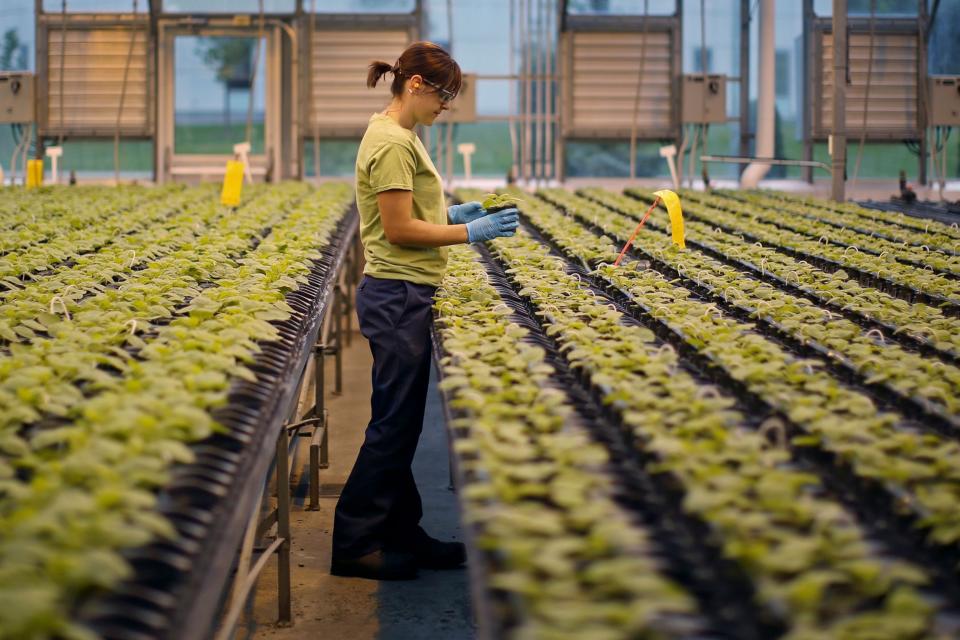Plant-based vaccine: Scientists try to turn edible plants into vaccines

Plant-based vaccines could soon be a reality. Read to know how scientists are trying to make plant-based mRNA vaccines that are edible and easy to store.
New mRNA vaccine technology

Scientists from the University of California in Riverside are studying to see if they can turn leafy greens like lettuce into mRNA vaccines. mRNA or messenger RNA technology works by teaching the cells in our body to recognize disease-causing agents and protecting our bodies. COVID-19 vaccines like Pfizer and Moderna use this technology. However, mRNA vaccines much are stored in cold temperatures for the sake of stability. This makes them difficult to store and transport. However, if the plant-based vaccine technology is successful, it can overcome the challenge of cold storage.
“Ideally, a single plant would produce enough mRNA to vaccinate a single person. We are testing this approach with spinach and lettuce and have long-term goals of people growing it in their gardens. Farmers could also eventually grow entire fields of it,” said Juan Pablo Giraldo, the project lead.
How do plant-based vaccines work?

The key component behind plant-based vaccines is the chloroplast. Chloroplast is a small plant organ present in plant cells. They help in converting sunlight into usable energy. “They’re tiny, solar-powered factories that produce sugar and other molecules which allow the plant to grow. They’re also an untapped source for making desirable molecules,” added Giraldo.
The project has three main goals-showing that DNA with mRNA vaccines can be delivered into a particular part of plant cells. The plant-based vaccine must also show that it can produce as much as the traditional mRNA vaccine. In addition to these, the project must also determine the exact doses.
The project is backed by a substantial $500,000 grant from the US National Science Foundation. Giraldo and Nicole Steinmetz, a nanoengineering professor at the UC Sandiego are leading the project. As per the release Steinmetz’s team will work on the nanotechnology needed to deliver genetic materials to the chloroplast.
This article Plant-based vaccine: Scientists try to turn edible plants into vaccines appeared first on BreezyScroll.
Read more on BreezyScroll.

